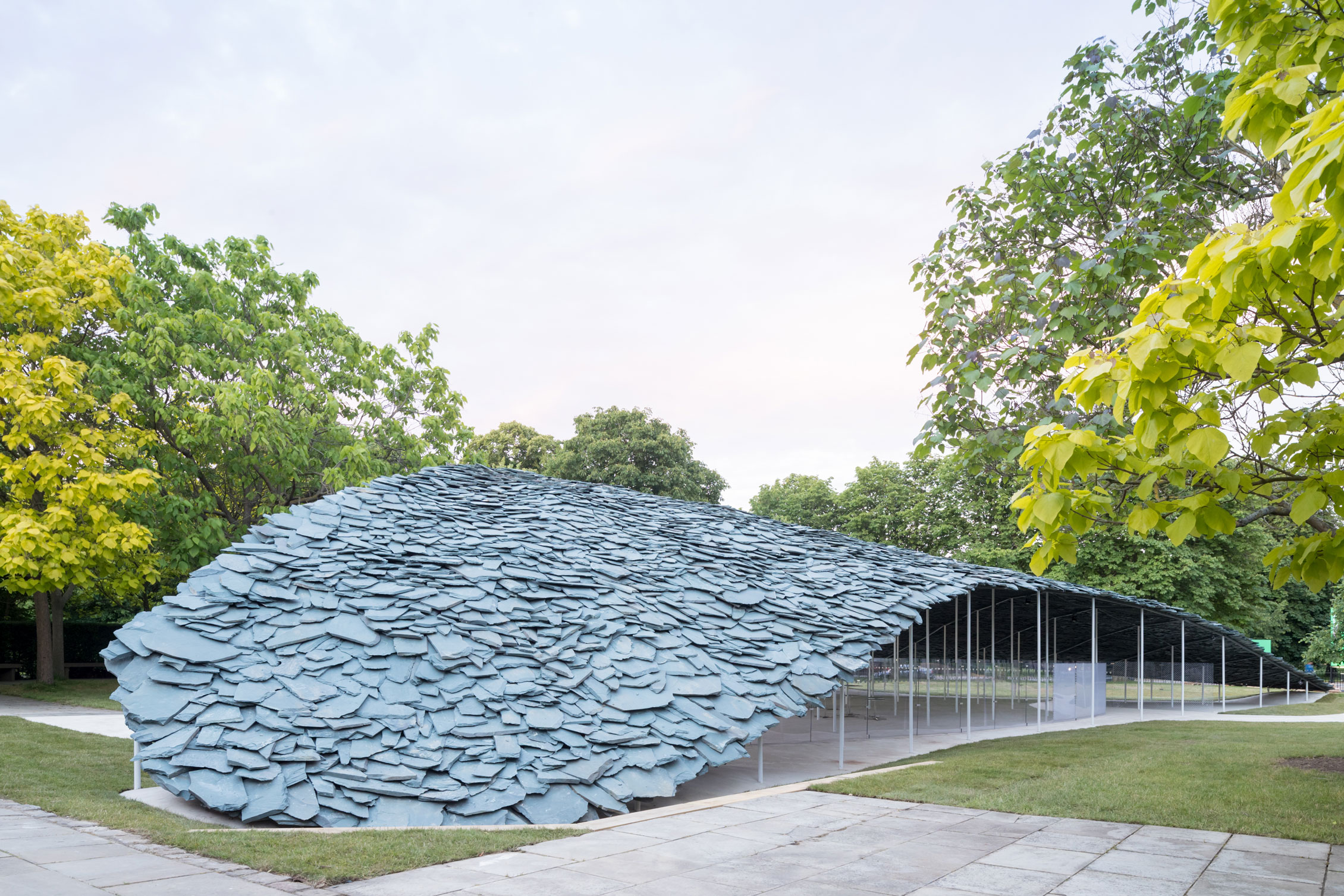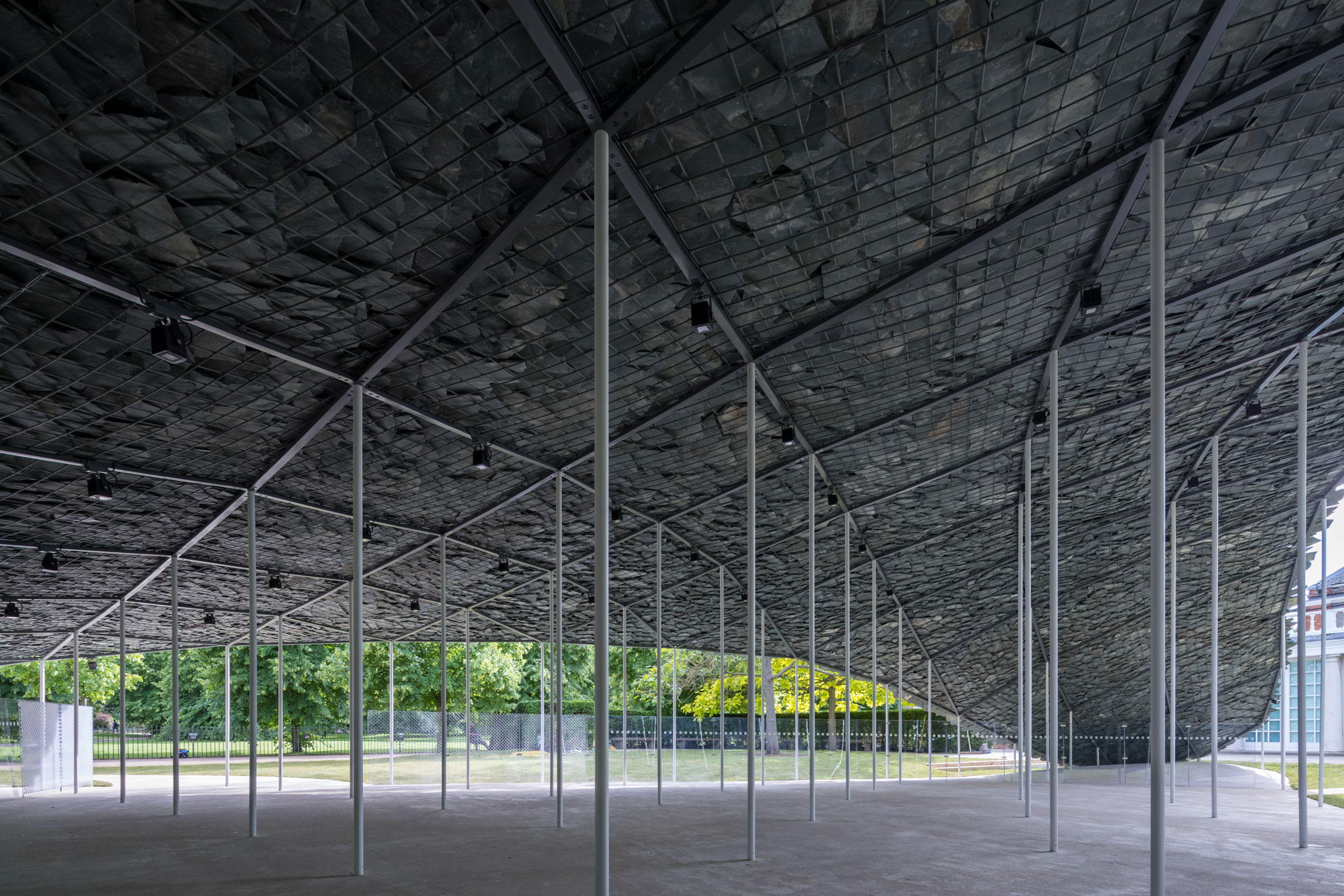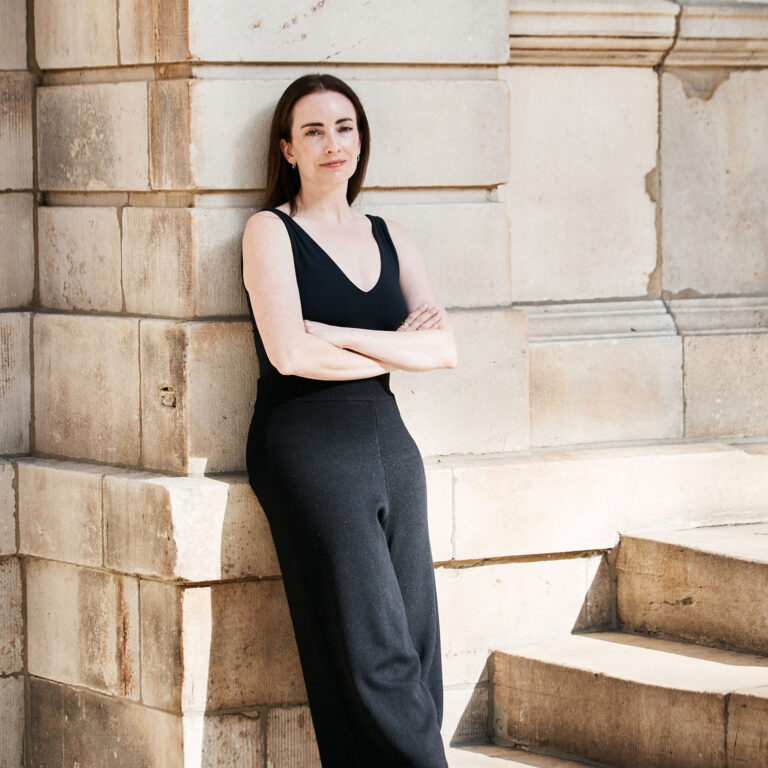
The annual Serpentine Pavilion commission—this year by Junya Ishigami—was unveiled in Kensington Gardens yesterday amid the news of the departure of the institution’s CEO, Yana Peel, who resigned as her connection to a spyware company was revealed. Every summer, since its inception with Zaha Hadid in 2000, the Serpentine Pavilion has been a staple on the London art and social calendar, with celebrities flocking to the annual summer party which celebrates its opening to the public. Past commissions include a legendary list of architects including Rem Koolhas, Jean Nouvel, Sou Fujimoto, Daniel Libeskind and most recently Frida Escobedo.

Tapped by Peel and Serpentine Artistic Director Hans Ulrich Obrist for this year’s installation, Ishigami worked with SANAA before opening his own firm in 2006 and already has a Golden Lion from the 2010 Venice Architecture Biennial under his belt. His work often plays to the imperceptible and can even suggest feats of magic—and his undulating canopy of slate tiles for the pavilion is no exception. “Initially I thought of making architecture as a landscape as the location is a large public park,” he explains, sitting under the shelter of the pavilion. “But I started to wonder what it actually means to create architecture as a landscape. Then I started to focus on old architectural methods and how they brought materials from the local landscape and applied them to architecture in a simple way.”
Ishigami’s choice of slate was partly a response to the urban aspect of the setting, which is frequented by thousands of tourists each season. The material is used throughout the world and changes in the natural environment, reacting to rain and light. “You can find similar sceneries all over the world because people used to use similar materials to build things,” he explains. “So when I was considering my original concept I thought there might be some potential answers in using an old method, which led me to slate.”
The tiles of raw-edged stone are installed in a seemingly random pattern, almost like the scales of a fish, giving the structure an appearance of lightness, despite the weight of its material. “Traditionally, tiles were piled up one by one in an orderly manner, but in this project I wanted to dilute the artificial aspect as much as possible. That is why it was important to pile them in a random way,” Ishigami says.
Despite Peel’s untimely departure, the public opening of the pavilion will take place on Friday as planned and Ishigami’s pavilion will remain on view at the Serpentine until October 6.











 in your life?
in your life?

